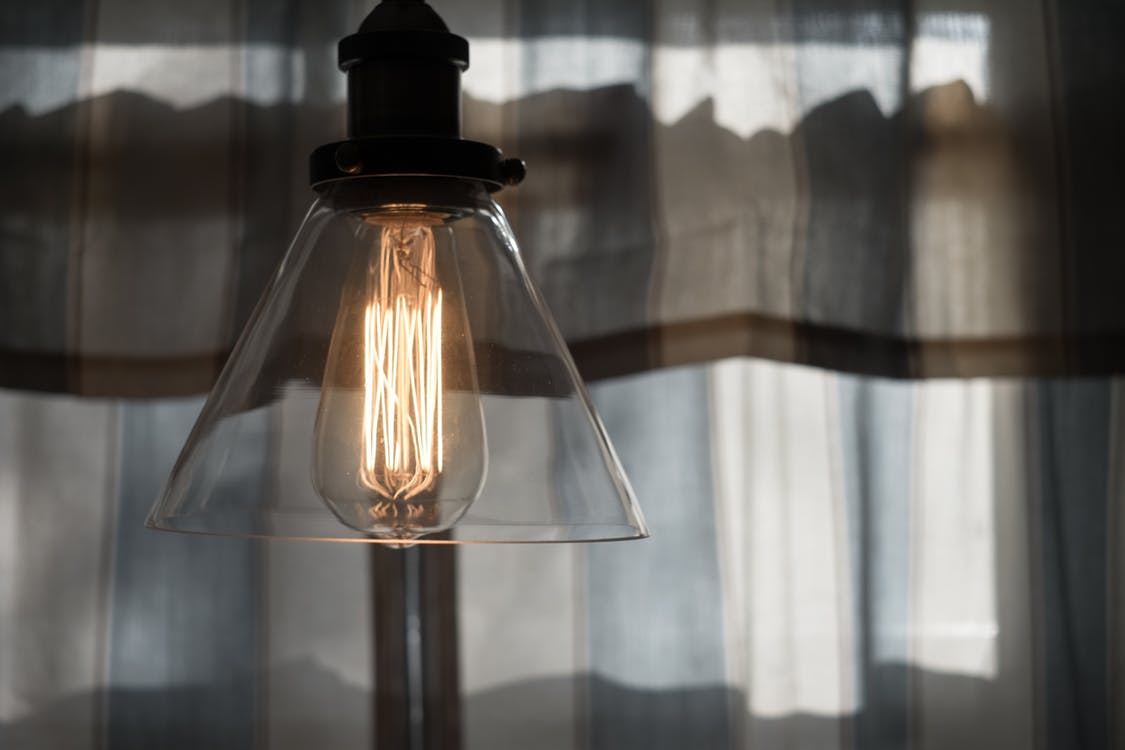Tungsten inert gas welding (TIG) also referred to as gas tungsten arc welding is a metal joining process where welding heat is generated by an electric arc formed between the workpiece and a tungsten electrode. The electrode used is non-consumable, meaning that it does not melt during the welding process. There is also no filler material required in a majority of cases, but a welding rod may be used if necessary. There are various additional pieces of equipment needed for TIG welding. The main ones include a power source, TIG torch, and shielding gas supply system.
Power Source
A power source is needed to enable the welding process. The source needs to supply power with high current, both direct and alternating current. Direct current is mostly used for mild steel, stainless steel, titanium, copper, and nickel alloy, among others. For magnesium, aluminum, and aluminum alloy, alternating current is used. The power source usually consists of electronic controls, a rectifier circuit, and a transformer. Proper arc generation requires a voltage of between 10 and 35 volts at a current of 50 to 300 amperes.
TIG Torch
The main parts of a TIG torch include tungsten electrode, nozzle, and collets. Air or water is used to cool the torch. The tungsten electrode is held in place by a collet. The diameter of collets varies depending on the width of the tungsten electrode. The nozzle helps to direct the flow of the shielded gases and the arc to the welding zone. With a small cross-section, the nozzle enables a high intense arc to be produced. The nozzle also needs to be replaced regularly as the spark produced causes it to wear out.
Shielding Gas Supply System
The shielding gas usually used is argon, though other inert gases may also be used. The shielding gas is used to ensure that the weld does not oxidize by ensuring that oxygen or other gases do not get into the welding zone. The inert gas that is used is selected based on the metal that is to be welded. A supply system is used to regulate the inert gas flow that goes to the welded zone.
Working
First, the power of high current and low voltage is supplied to the tungsten electrode, usually connected to the negative terminal. The current provided then forms a spark between the electrode and workpiece. Heat is produced from the arc, which then melts the base metals and forms a joint. An inert gas is passed through a regulating valve and a pressure valve into the welding zone to shield the weld from oxygen and other gases.



